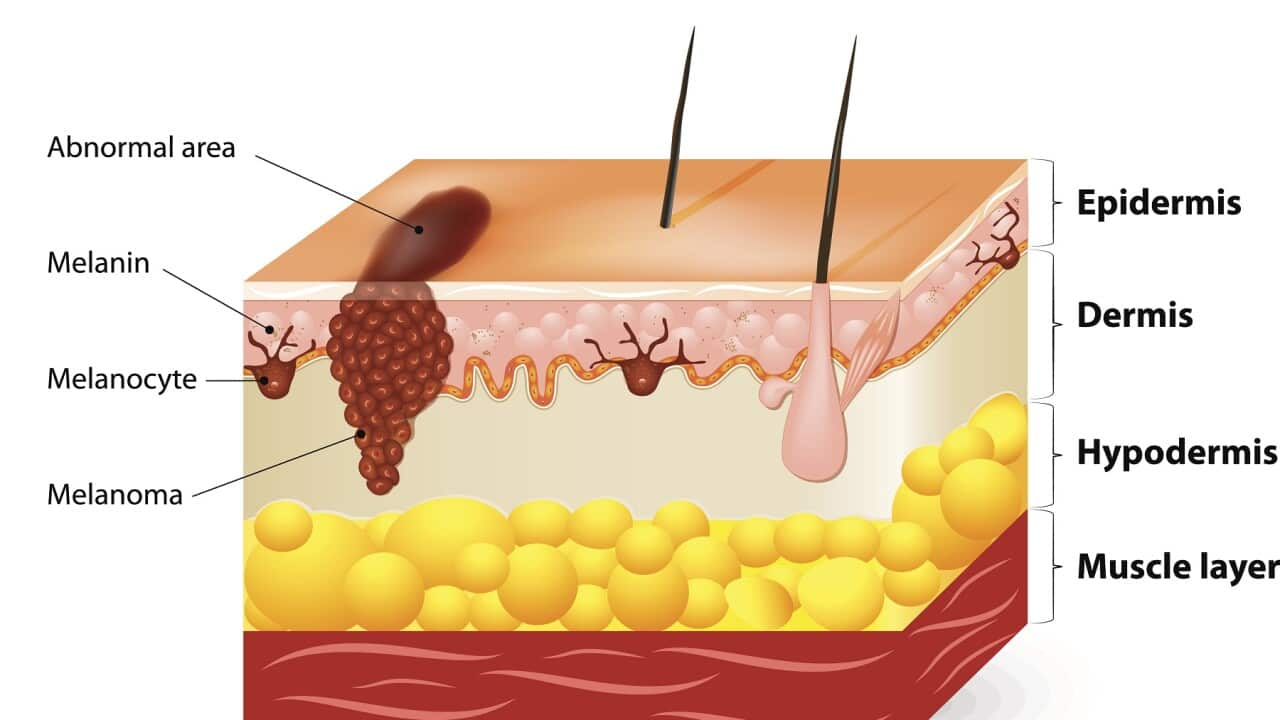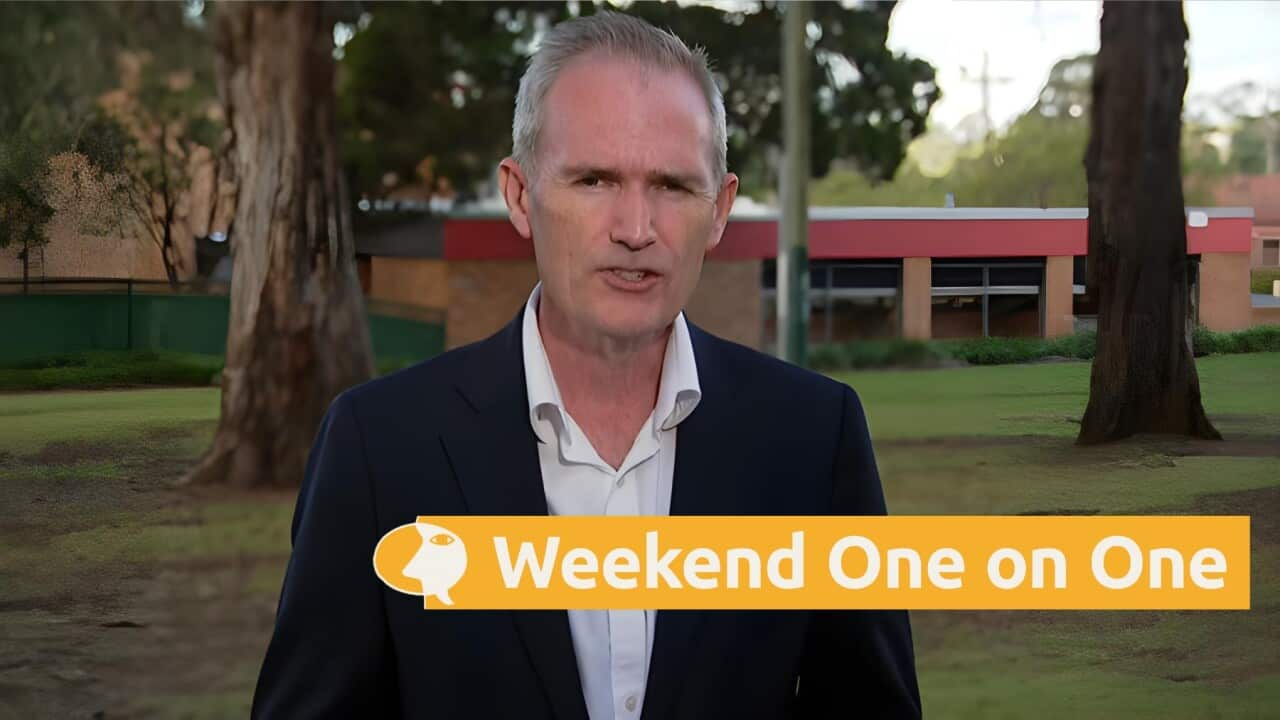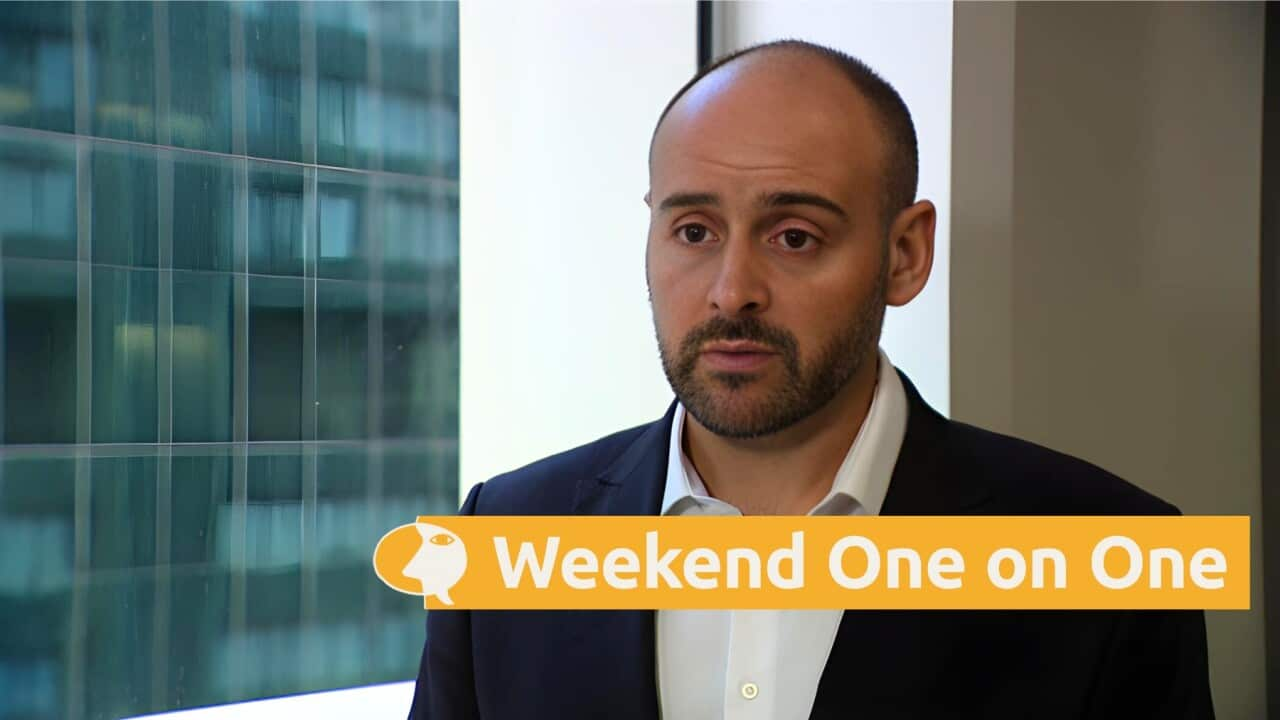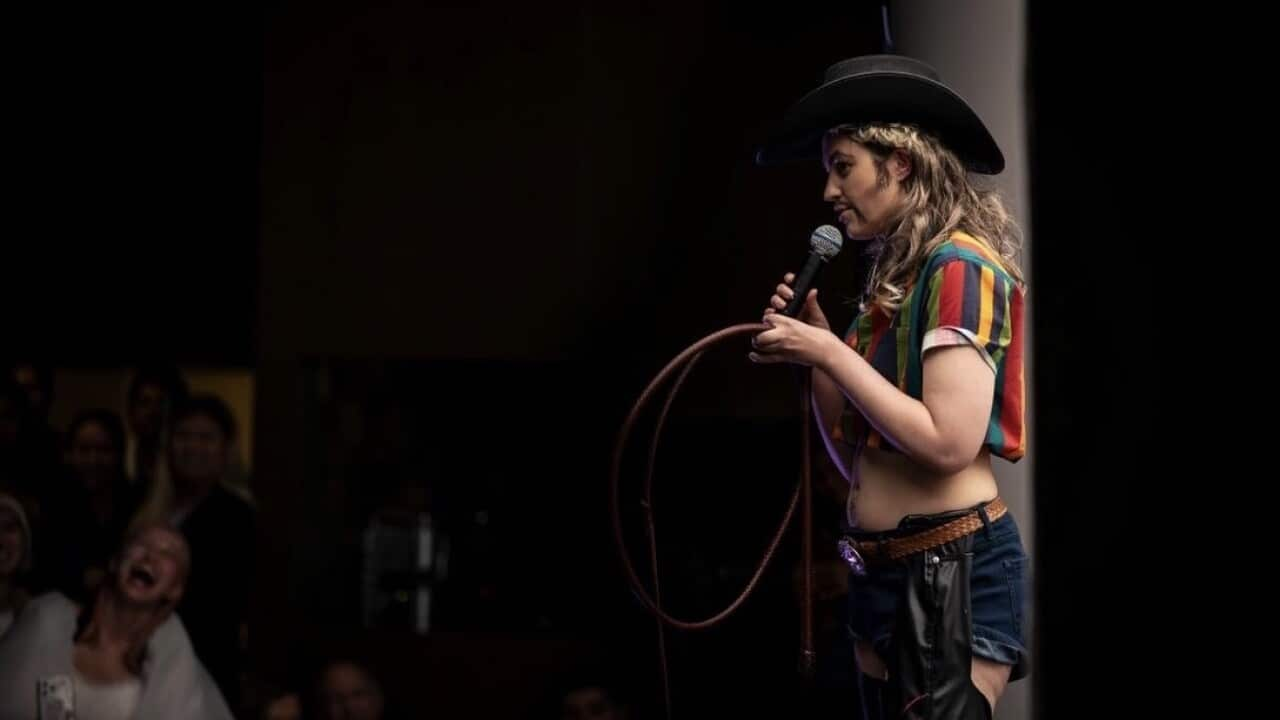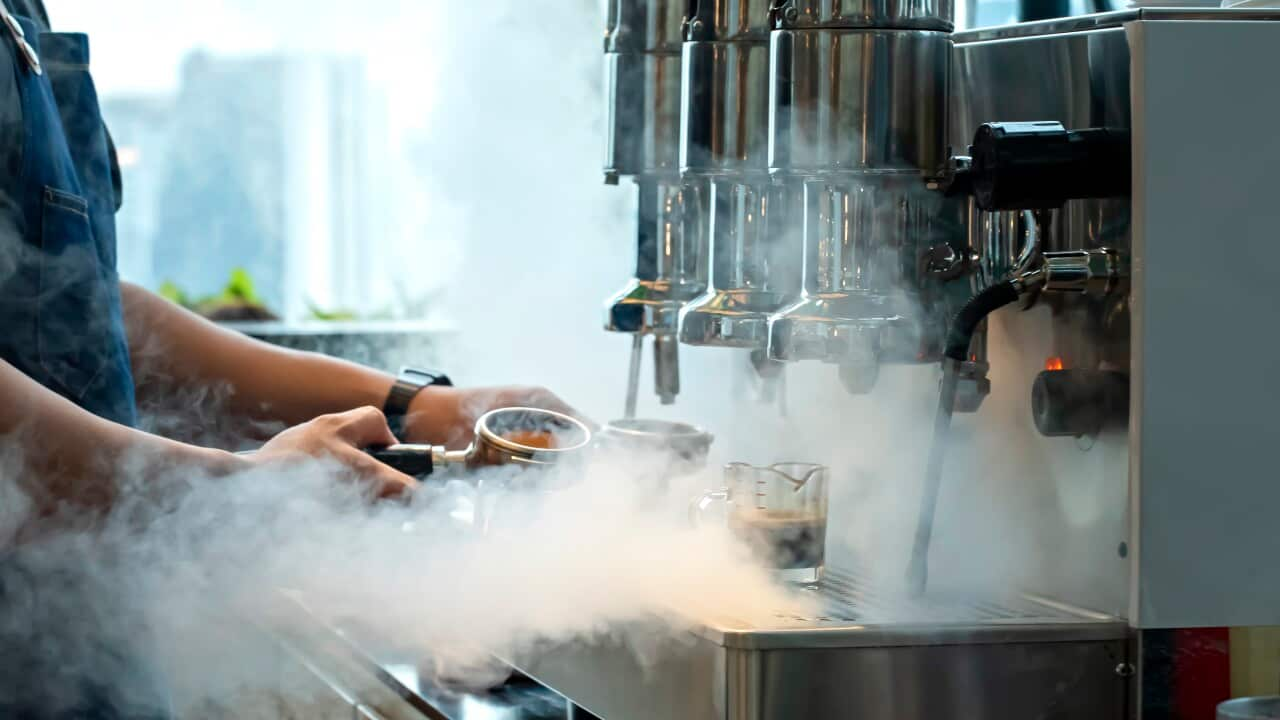TRANSCRIPT
“Say these simple words: 'Slip, Slop, Slap! It sounds like a breeze when you say it like that. Slip, Slop, Slap! In the sun this summer say 'Slip, Slop, Slap!' Slip, Slop, Slap!'
In 1981, the famous Slip, Slop Slap campaign stormed our screens and airwaves.
Sid the Seagull was enlisted to encourage Aussies to seek protection from ultraviolet or U-V damage from the sun.
44 years on and the Cancer Councils of Australia and Bureau of Statistics have done a study that shows while the song still slaps.. it seems the message has slipped.
Professor Anne Cust studies cancer in populations as an epidemiologist and Chair of the Cancer Council's National Skin Cancer Committee.
"One in five young Australians have tried to get a suntan in the past year and only about half of Australians are using adequate sun protection."
This alarming trend comes as the rate of melanoma continues to rise - 16,800 Australians will likely be diagnosed this year - one every thirty minutes.
Generation Z are educated on sun safety - so why aren't younger Australians following the rules?
Doctor Stephen Dann - a marketing expert at the Australian National University - says social media is a big factor.
"The first thing is they are a young audience who are very driven by immediate outcomes. I get a tan, I look aesthetically pleasing to myself and the people around me. I look good. I feel great. I have a consequence coming to me in 35 years' time. That is future me's problem."
2024 Australian of the Year, Professor Georgina Long, is the joint number one expert in the world in melanoma research.
She is frustrated by the rules around what influencers in Australia can advertise online.
They can't spruik products with an S-P-F rating including sunblock, but they can use their platforms to share information about non-therapeutic goods, like tan accelerants.
"So, people put these creams on to go in the sun and get a more accelerated tan more quickly. That is dangerous, that is a carcinogen, that is cancer causing. Do we need legislation about that? Do we need to free up guidelines around advertising good sunscreens. At the moment, good sunscreens, we're not able to advertise."
Since 2022, the Therapeutic Goods Administration banned social media testimonials around products or devices that claim a medical or therapeutic benefit - including skincare and vitamins.
The rule can apply to any description of the qualities of a product with S-P-F protection, including sunblock.
Dr Dann says the rules that were designed to protect consumers, may have had the opposite effect.
"They were more worried about food contamination, or someone being offered a miracle cure for something that wasn't curable. That sunscreen got swept up as a consequence was one of those unfortunate outcomes of good policy, bad implementation."
As TikTok trends, including hashtag sunburnt tan lines gather hundreds of millions of views - the Cancer Council is fighting back with its End the Trend campaign.
Six high profile Australian social media influencers have spent the past month staying out of the sun, rejecting fake tan and guiding their followers to the shade.
Online influencer Tayla Broad was motivated to end the trend, because she saw how skin cancer impacted loved ones.
"We can all be aware just how damaging the tanning culture can be, even with the likes of fake tanning. So, join me on this journey to challenge the way we view tanning and why we feel the need to tan to be beautiful."
Professor Cust sees the irony in tanning trending in an online space dominated by beauty.
"UV radiation that you get from the sun, there are different types of UV radiation. UVA is responsible for a lot of the ageing that we see from the sun exposure and the UVB is responsible for a lot of the burning. So, if you are concerned about beauty, it is much better to stay out of the sun."
Professor Long has pioneered and led research into immunotherapy treatments for melanoma that mean a diagnosis that was deadly in 2010, now has an above-fifty-fifty chance of a cure.
"There is a handshake that the cancer cell would give the immune system or the immune cells so that the immune cells would say 'this is my friend, this is my family, off I go, I won't kill you.' But these drugs, checkpoint inhibitors, interrupt that handshake and allow those immune T cells to kill the cancer cells, the melanoma cancer cells. So those drugs which we started working with around that 2010 period absolutely revolutionised how we later treated melanoma."
It is a monumental feat she and her colleagues have achieved.
But Professor Long is united with experts who agree prevention is the best cure - and the second line of defence is a skin check.
An online melanoma risk assessment tool is available at melanoma risk dot org dot a-u.
"It will tell you whether you're average risk, so for an woman who grew up in New South Wales that is about three per cent. That sounds small but that's the average risk. That is not low actually. To have a three per cent lifetime risk of cancer, that's not low at all. And that is just the average woman in New South Wales."
